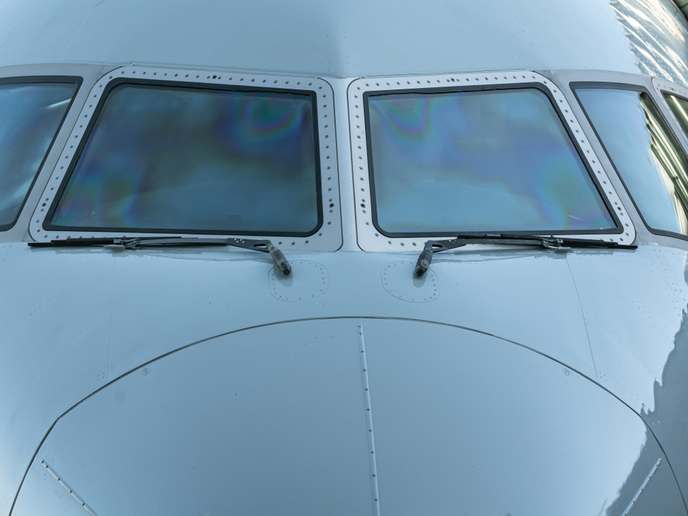Full-scale U-shaped tail aircraft investigations
With funds of the LOSPA (Model design and manufacturing of the turbofan configuration for low speed aerodynamic and acoustic testing) project, the researchers designed and manufactured a wind tunnel model for testing in the large low-speed facility of the German-Dutch Wind Tunnels in Marknesse, the Netherlands. Nacelles and pylons were integrated into the model to accommodate two turbo-fan simulators. In addition, a set of high aspect ratio wings were added, featuring removable leading edges and trailing edge flaps. This allowed several configurations to be investigated, including take-off and landing, while a modular empennage was used to analyse the potential for reductions in noise produced. A large number of steady pressure taps and unsteady pressure transducers were incorporated into the model to allow for a comprehensive description of air flow phenomena during the wind tunnel tests. Kulite pressure sensors were mounted in the thin nacelle, and several strain gauges mounted on the empennage to measure loads. Lastly, to improve the test results, the model was equipped with motorised control surfaces, such as ailerons, trims and elevators. The model assembly and sensor calibration were completed in time for the tests that were performed after the end of the LOSPA project, in December 2014 and April 2015. Tests also assessed the aerodynamics of the afterbody and the acoustics of the U-shaped tail. The analysis of the test results is expected to reveal differences between anticipated and measured characteristics of the tailplane designs. Unquestionably, wind tunnel tests remain the most reliable tool in the design of airplanes. The model of a low-speed business jet developed within the LOSPA project provides unique capabilities to maximise the information obtained during the test campaign.







